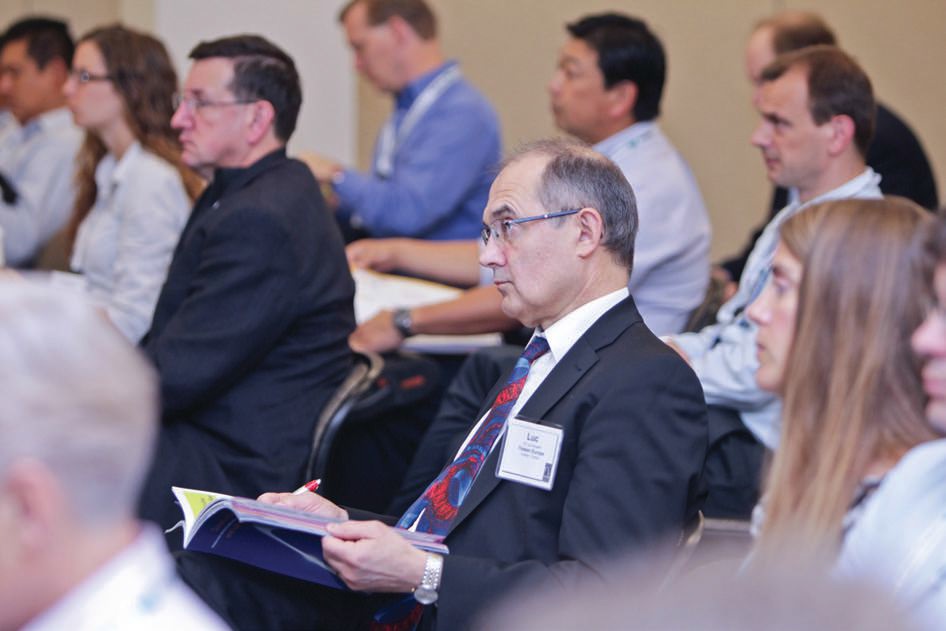What matters most to members?
Edward P. Salek, CAE, Executive Director | TLT Headquarters Report August 2012
It’s the outcome, not the output.

STLE offers a vast array of professional resources designed to meet the individual needs and interests of our members.
AS PART OF MY CONTINUING PROFESSIONAL EDUCATION, I attended an association management seminar here in Chicago earlier this summer where the speaker focused on a compelling topic: What will it take for associations to thrive in the 21st Century?
While the challenge is complex, his message was simple. At a time when stakeholder expectations are higher than ever, an organization’s ability to create new value for its members will be the deciding factor when it comes to the question of thriving versus merely surviving.
According to the presenter, Jeff DeCagna of Principled Innovation,
www.principledinnovation.com, associations must shift their focus from tracking output to helping members achieve their professional and personal goals. Stated another way, this means less emphasis on quantity (for example, how many papers did we publish this past year in
Tribology Transactions) and more emphasis on the individual impact of programs and services.
His session inspired me to test STLE’s business model against the DeCagna formula. Perhaps not surprisingly, I think we did OK! There is evidence to back up my conclusions.
The research started with the Sounding Board article in the July TLT, which featured a recap of our highly successful 2012 Annual Meeting. A portion of the story, which reported on attendee comments about what they learned at the event, cited more than 40 different stories on the value of their participation. These included insights gleaned at technical sessions and education courses, new product discoveries made in the exhibit hall and new professional contacts. In fact, 97% of those surveyed said they made at least one professional contact or new friend during the meeting.
Check the STLE Website and you’ll find a similar emphasis on avoiding the one-size-fits- all formula. New to the site is a Young Professionals page, which serves as a central hub for information and resources targeted to individuals in the early stages of their career. In addition, we have created a LinkedIn group and Facebook page for this same important membership segment.
The
STLE Update newsletter, which is issued in digital format every Friday and is archived at
www.stle.org, now provides readers with a gateway to all of the organization’s technical information in a designated area.
Here’s how it works. Each month, the newsletter editors provide access and links to a variety of resources on the month’s topical focus. Each week it drills down to a specific topic under that larger umbrella. For example, metalworking fluids was the overall theme for March, but each week there was a different focus such as microbicides, health and safety, etc. The provided links point you to articles, interviews, technical papers, recorded webinars, books and courses on the topic of the month.
These are just three examples of our efforts to match STLE’s resources to the individual needs and interests of our members. There are many other ways STLE creates value in a complicated and changing world, ranging from professional credentials through certification programs to outlets for research papers in
Tribology Transactions.
So look to STLE as your professional resource, and you will find added value in this complex, competitive and dynamic world. If we continue to do our job right, STLE will indeed be an organization that continues to thrive in the 21st Century.
 You can reach Certified Association Executive Ed Salek at esalek@stle.org
You can reach Certified Association Executive Ed Salek at esalek@stle.org.